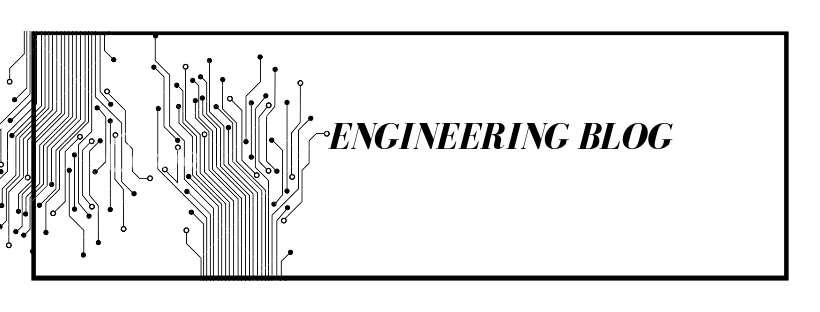Different Types of Enclosure Seals and Gaskets

Gaskets are necessary enclosure accessory to help seal the electrical enclosures according to the set of standards published by National Electrical Manufacturer’s Association (NEMA). The gaskets can be used from ratings 1 to 12. Some of the most popular ratings for indoor enclosures are 12 and 13. The common enclosures for outdoor application are 3, 4, 4x, 6, and 6P.
The electrical enclosure standards are very crucial because they have direct effect on safety and protection. It can also help the customer choose and obtain the right product for their company or business needs.
With this in mind, the good gasket design in an enclosure is very crucial for the engineer to make a very good seal and it is as important as the gasketing material itself. The design will bring a good impact on the functionality, aesthetics, and the overall performance.
Some of the common gasket types are:
Stripping – these gaskets are being supplied in rolls with a material slit to be able to determine the width that can be cut or separated in length by using the assembler. The low scrap-rate makes the stripping of the gasket cost-efficient. Despite of this, the corner seams of the material roll may make the system more susceptible to wear and leakage. This will only happen if the gasket is not properly designed or even assembled.
Die-cut – Once the material is cut using a steel-rule die, water-jet, or laser, the die cutting process helps in eliminating the corner seams of the material roll. Die-cut gaskets are very popular and common once the complexity of the design does not allow for the stripping or if the overall size of the gasket will not bring in larger center scrap. This can be lessened by designing a “fold-out” gasket.
Form-In Place – when it comes to dispensing the component, an elastomer is applied in liquid form and it is directly applied on the enclosure. The elastomer liquid then forms into a foam and it cures at room temperature. The form in place is usually is cheap to apply and it yields the most benefits once the gasket design becomes very complexed. Or else it will result to an important yield loss without the die-cut shape.Bulb Extrusions – this process can be tailor-fitted or designed specifically for abrasion and/or possible environmental resistance by utilizing very durable and high quality elastomers. The hollow center gives provision and allowance for compressibility as the material can be naturally firm or steady. The skinned surface of the gasket on all sides combined with high density minimizes and decreases any possible water ingress on the enclosure.
